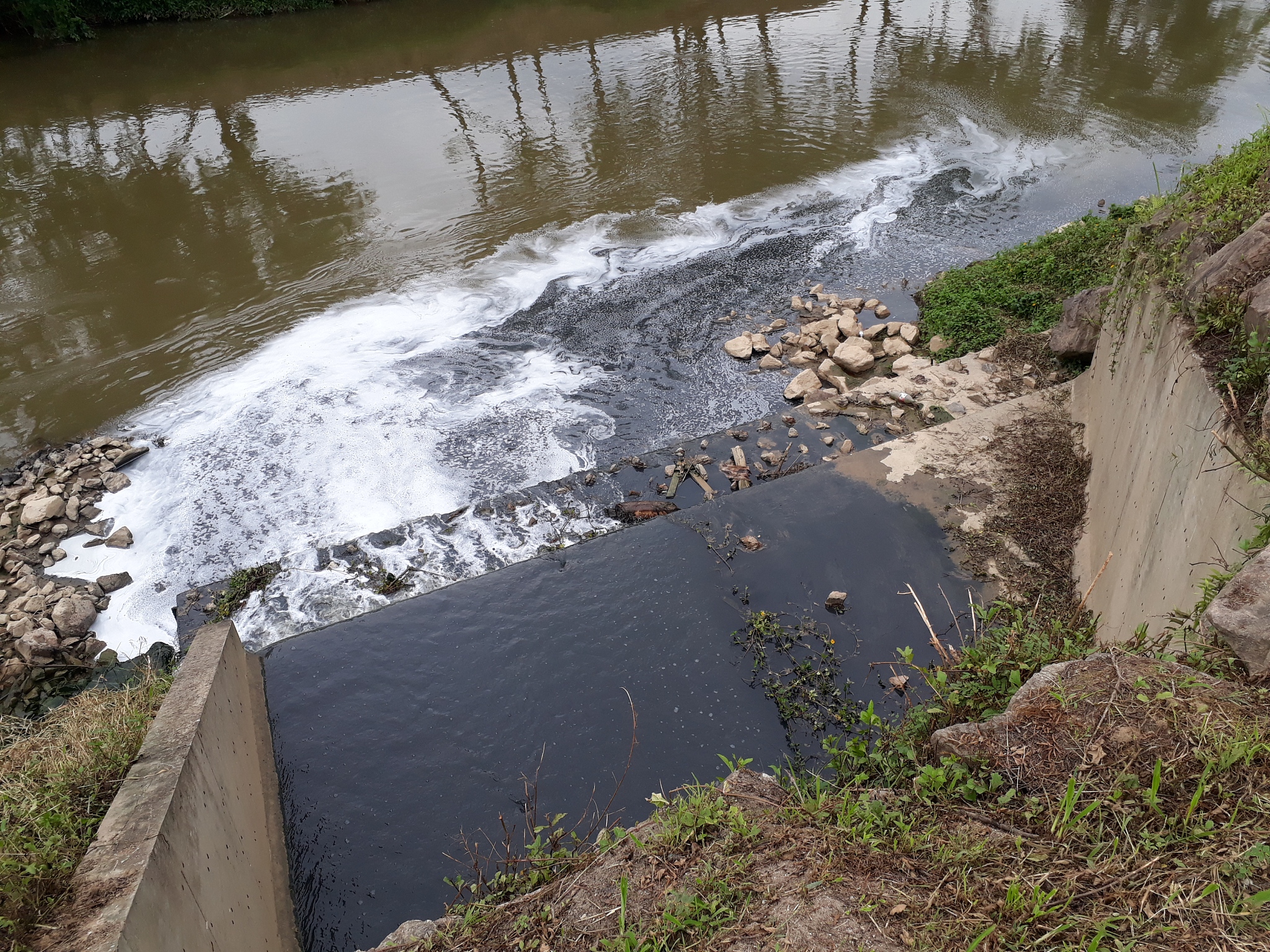Songhua River Water Pollution Incident: A Case for Enhanced Environmental Protection in China
The 2005 Songhua River Water Pollution Incident: Lessons for a Sustainable Future
The Songhua River water pollution incident stands as a stark reminder of the potential for industrial accidents to devastate ecosystems and endanger human health. In November 2005, an explosion at a chemical plant in Jilin, China, released an estimated 100 tons of toxic chemicals, including benzene, into the Songhua River. This incident, impacting millions and causing widespread ecological damage, serves as a crucial case study for understanding the importance of robust environmental regulations and proactive pollution control measures.
Unveiling the Causes:
The primary culprit was the chemical plant explosion itself, highlighting the potential dangers of inadequate safety protocols within industrial facilities. The incident exposed critical weaknesses in:
- Enforcement of environmental regulations: Lax enforcement and inadequate oversight allowed hazardous practices to persist, ultimately leading to the disaster.* Waste management systems: Improper handling and disposal of hazardous materials exacerbated the scale of the contamination.* Monitoring and early warning systems: Deficiencies in these systems delayed a timely response, amplifying the incident's impact.
Consequences of a Contaminated River:
The environmental and social repercussions of the pollution were severe. Millions faced water shortages as authorities shut down water supplies. The contamination posed significant health risks, including:
- Acute health problems: Residents experienced skin allergies, respiratory issues, and other immediate health concerns.* Long-term health effects: The presence of benzene raised concerns about increased cancer risks for exposed populations.* Ecological damage: The toxic influx severely harmed aquatic life, disrupting the river's delicate ecosystem and impacting biodiversity.
Preventing Future Disasters: A Roadmap for Change
The Songhua River incident underscores the urgent need for a multi-pronged approach to prevent future environmental disasters:
- Strengthening Environmental Regulations: China must enact and rigorously enforce stricter regulations regarding industrial waste management, chemical handling, and pollution discharge limits. Regular inspections and stringent penalties for violations are crucial.2. Promoting Sustainable Industrial Practices: Encouraging industries to adopt cleaner production technologies and minimize waste generation is essential. This includes promoting the use of safer chemicals and resource-efficient processes.3. Investing in Water Treatment Infrastructure: Modernizing water treatment facilities is vital to ensure safe drinking water for all. Advanced filtration and purification technologies are necessary to remove contaminants effectively.4. Enhancing Monitoring and Early Warning Systems: Implementing real-time monitoring systems along major waterways can help detect pollution incidents early. Robust early warning systems will enable swift responses from authorities and minimize public exposure.5. Empowering Public Awareness and Participation: Educating the public about responsible water usage and the impacts of pollution is crucial. Encouraging public participation in environmental monitoring and fostering a sense of shared responsibility are vital for long-term success.
Lessons for a Sustainable Future:
The Songhua River incident serves as a potent reminder that economic growth cannot come at the cost of environmental sustainability. By prioritizing robust environmental regulations, promoting sustainable industrial practices, and fostering a culture of environmental responsibility, China can chart a path towards a healthier and more sustainable future for its people and its precious ecosystems.

原文地址: https://www.cveoy.top/t/topic/krE 著作权归作者所有。请勿转载和采集!